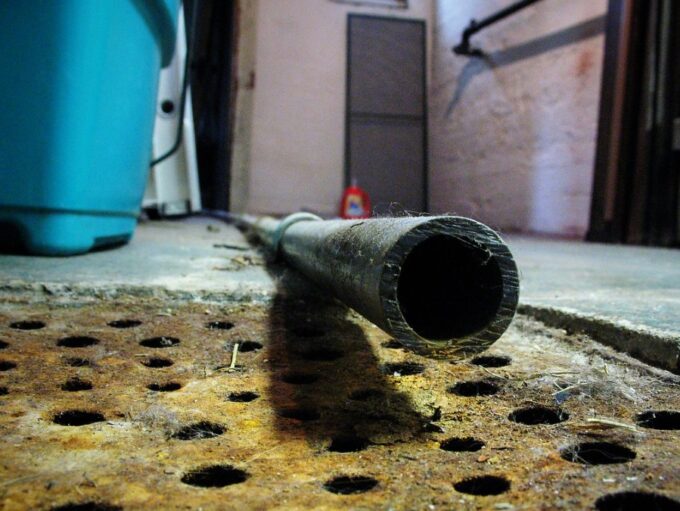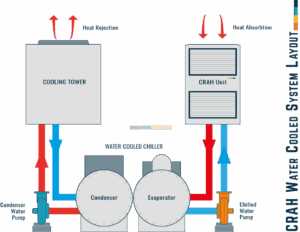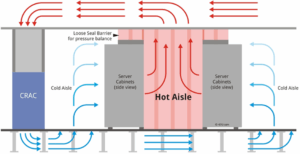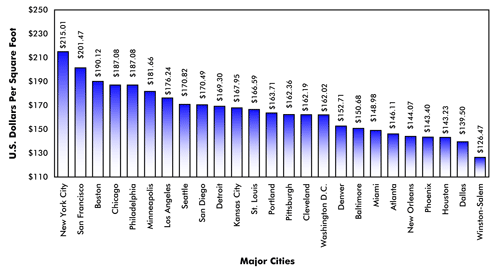What Causes HVAC Condensation?
Condensation happens when warm, moist air contacts a cooler surface. In HVAC systems, this surface is usually the evaporator coil.
Several conditions increase condensation:
-
High indoor humidity
-
Dirty air filters restricting airflow
-
Low refrigerant levels causing the coil to freeze
-
Poor insulation around ducts or coils
Most systems manage condensation well when properly maintained. However, neglect or malfunction can lead to water problems.

How Is Condensation Drained?
HVAC systems use a drain pan and condensate drain line. Water from the coil drips into the pan and flows through the drain.
In newer homes, the drain line often connects to a plumbing drain or exits outdoors. Some systems include a condensate pump if gravity drainage isn’t possible.
Regular maintenance helps ensure these components stay clean and functional. Blocked lines can cause water to overflow and leak.
What Is the pH of HVAC Condensation?
HVAC condensate is slightly acidic. It typically has a pH between 3.5 and 6.5, depending on system type and air quality.
High-efficiency furnaces produce more acidic condensate. Their pH can drop as low as 2.9, which requires neutralization before disposal.
If untreated, acidic condensate can corrode pipes and building materials over time.
Risks of HVAC Condensation
When managed correctly, condensation poses no problem. But when something goes wrong, issues can develop quickly.
1. Water Damage
If the drain line clogs or the pan overflows, water can damage drywall, ceilings, or flooring.
2. Mold Growth
Moisture buildup encourages mold in ductwork, walls, or ceilings. Mold can trigger allergies or respiratory problems.
3. Structural Problems
Long-term leaks may weaken framing or subfloors, causing expensive structural damage.
4. System Failure
Some HVAC units include a float switch. If water accumulates, the switch shuts down the system to prevent overflow.
Preventing HVAC Condensation Issues
Homeowners can take simple steps to reduce risk:
-
Change air filters regularly
-
Have your HVAC system inspected annually
-
Flush the drain line with vinegar or cleaner
-
Check the drain pan for standing water
-
Ensure the outdoor drain is clear of debris
For high-efficiency systems, install a condensate neutralizer to treat acidic discharge before it enters plumbing.
Conclusion
HVAC condensation is a normal and necessary function. However, when neglected, it can lead to serious issues.
Understanding how condensation forms, how it’s drained, and what problems to watch for helps you protect your home and system.
EVstudio works with mechanical engineers and HVAC specialists to ensure proper drainage design in every home. Our team supports homeowners and developers by incorporating long-lasting and code-compliant HVAC solutions into all our projects.
Further Reading
Have questions about HVAC design or maintenance in your home or project? Contact EVstudio to speak with our expert team today.










